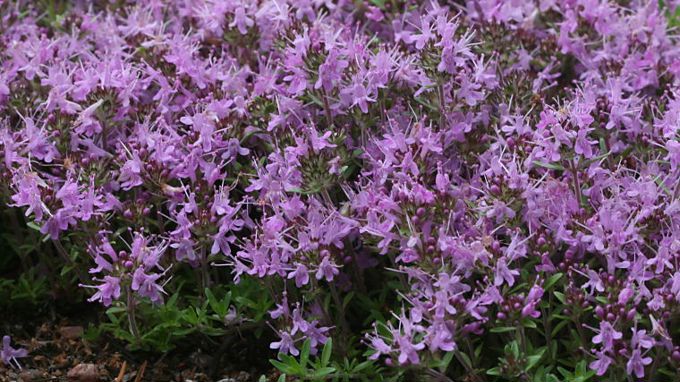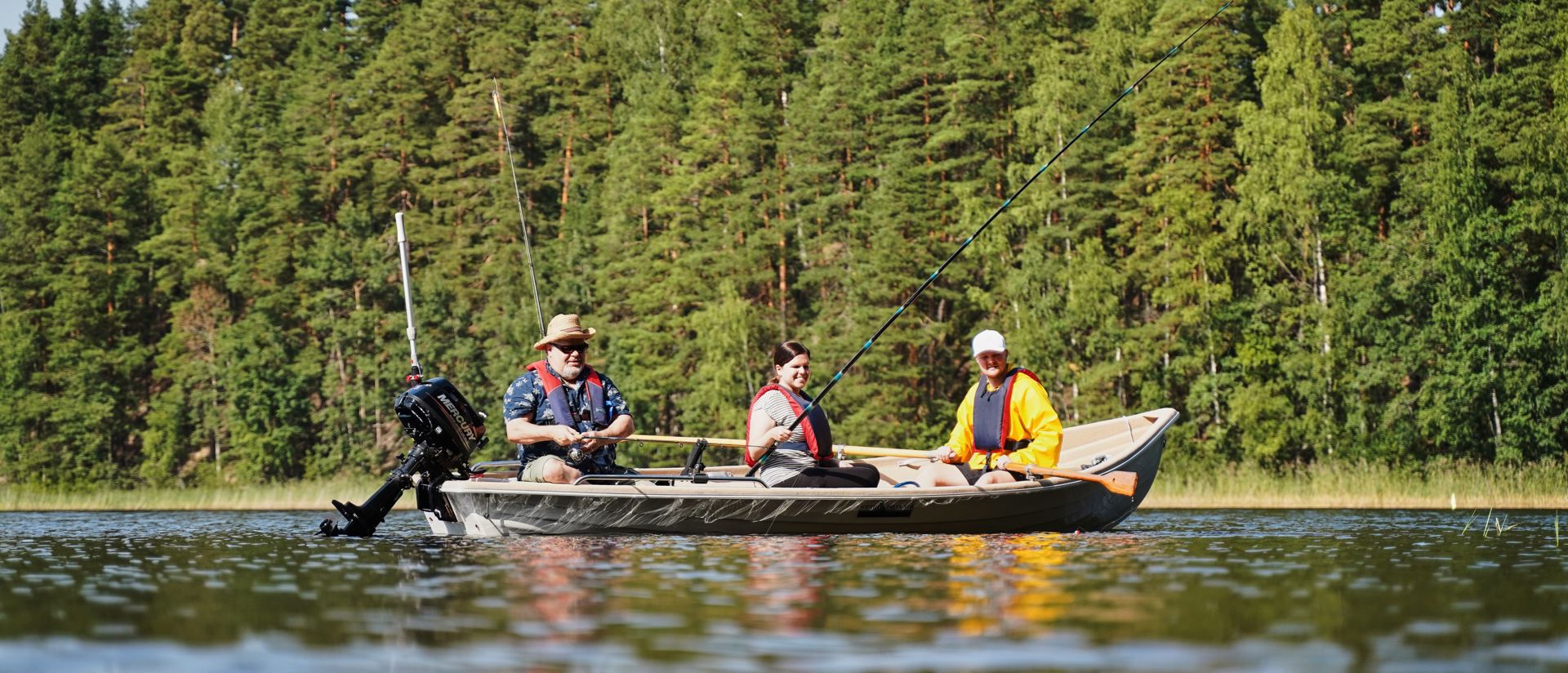
Nature
- Front page
- See and explore
- Nature
Ruokolahti is full of wonderful Finnish nature – forests, lakes and countless islands. Saimaa, Finland’s largest lake is the major attraction for many. There are hiking trails on its shores, in the archipelago and in our forests. The grand landscapes of Haukkavuori Hill and Huuhanranta Beach are wonderful even on a national scale, but without mass tourism, yet...
Come, explore and fall in love with beautiful Ruokolahti and lake Saimaa.
Climate
February is the coldest month with an average temp of -8,8° C and July is the warmest, 16,7° C. These are of course only averages, since most Februaries the temp drops down to -20 – -30° C and most Julys we see temperatures of 25–30° C, often momentarily higher than in any other part of Europe.
Lasting snow cover falls on average on Nov 25th and melts from open areas first, around April 15th. Snow cover is important not only for skiers, but for most animals and plants. They need it to spend the winter, hibernate and to wake up to spring in a timely manner.
Topography
Like most of Finland, Ruokolahti sits on ancient and deeply eroded bedrock. Today the bedrock is mainly hidden, covered in thick layers of Ice Age soil types. The melting and receding ice cover, and events since, have shaped Ruokolahti to what it is today.
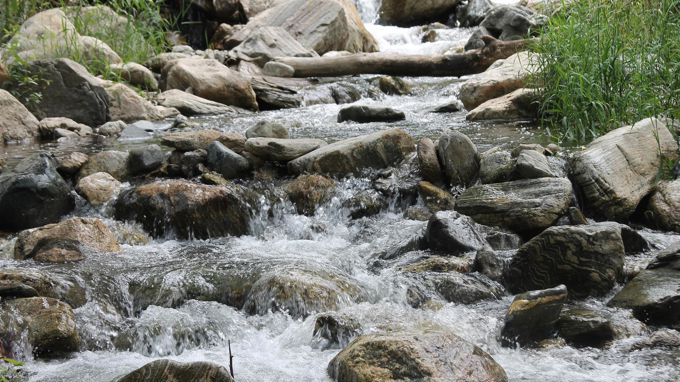
Water Bodies
When in Ruokolahti, you can't avoid seeing lots of blue: our 500 lakes, including Saimaa.
Saimaa is the largest lake in Finland, expanding over 4000 km², with 15000 km of shoreline and more than 17 000 islands!
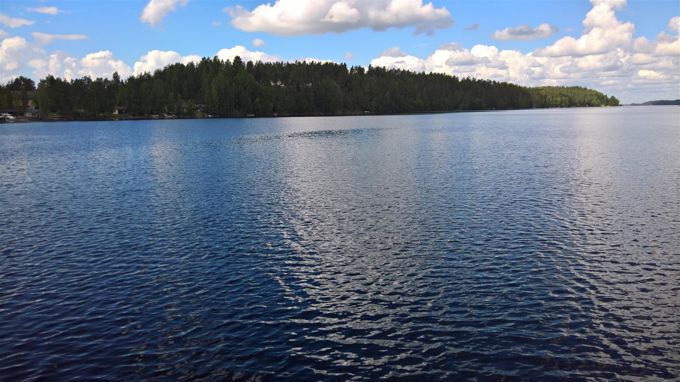
Animals
Seal, elk, brown bear, many species of deer, lynx, grey wolf – once even a lion! (see more below...) – plus an abundant birdlife, dozens of freshwater fish species and of course butterflies etc. are all animal residents of Ruokolahti.
Wolves, lynxes and brown bears live in the forests around us and are often seen, but are of no threat to humans, unless you go disturbing them.
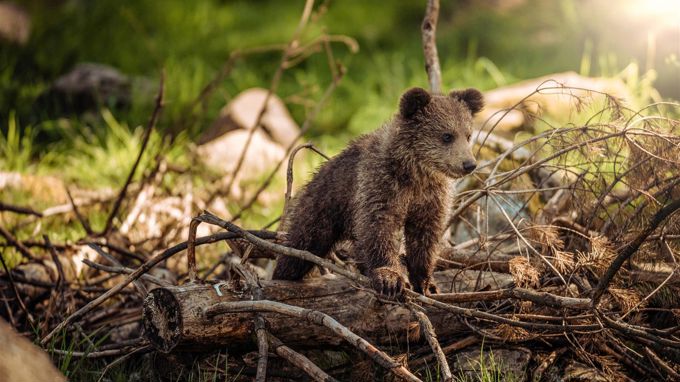
Vegetation
77 % of Ruokolahti area is forest, 21 % is water = 98 % nature! Dominant tree species are spruce and pine, but birch is also common.
